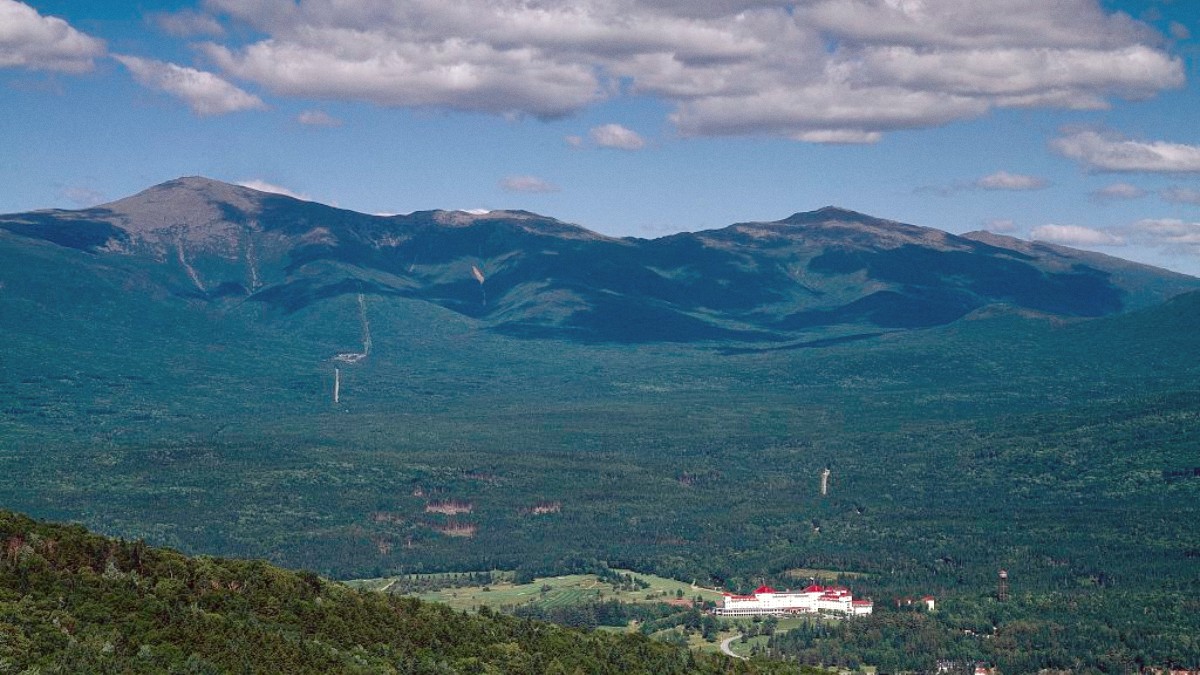
New Hampshire, USA
Only a few larger towns operate very limited local bus services. For instance, North Conway features "The Mountain Explorer," a seasonal shuttle bus mainly serving local residents and connecting a few spots within the town to nearby attractions. These services are not designed for extensive regional touring.
There is no widespread public bus network connecting the various towns and attractions across the broader White Mountains region. Relying on public transit for major sightseeing or reaching trailheads is not a viable main mode of transportation for tourists.
"The Mountain Explorer" in North Conway is a seasonal shuttle, mainly for town residents and nearby points.
Route maps are simple, covering small geographic areas, limited to main village or shopping districts.
Public transportation is not a recommended choice for efficient regional navigation.
Standard U.S. Driving laws apply; drive on the right.
Mandatory for all occupants.
Snowy or icy from Nov-Mar; 4WD/AWD vehicles recommended.
Trailheads fill early; some require a fee.
Walking and cycling offer excellent ways to experience the White Mountains, especially for appreciating the scenery and town ambiance.
Mount Washington Cog Railway offers a historic climb. Cannon Mountain Aerial Tramway and Wildcat Mountain Gondola provide scenic summit access.
Newer buildings and major visitor centers generally meet ADA compliance.
The Mount Washington Auto Road, Cannon Mountain Aerial Tramway (wheelchair-accessible), and some paved paths are accessible.
Provide the greatest freedom and are highly recommended for independent exploration.
Book in advance.
Available at local shops for exploring rail trails and mountain biking paths.
Wear a helmet.
Unique attractions like the Cog Railway and aerial tramways offer scenic mountain access.
Alternative to hiking.
For comprehensive and flexible exploration of the White Mountains, a personal vehicle is the most effective mode of transportation.
It grants you the freedom to reach remote trailheads, scenic overlooks, and quaint towns at your leisure, tailoring your adventure to your preferences.